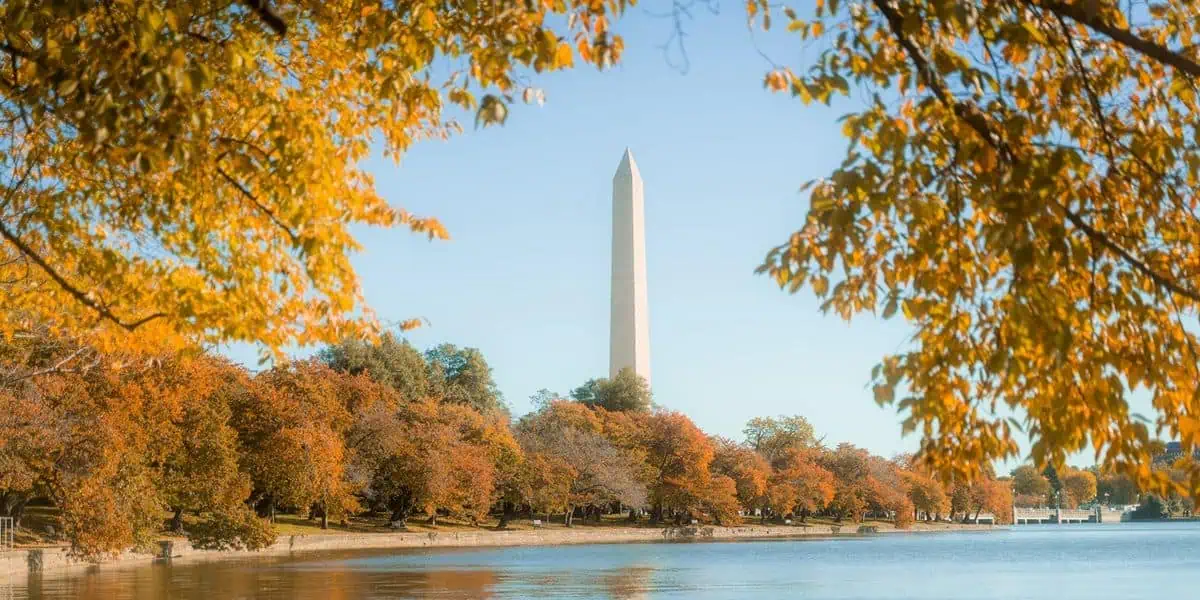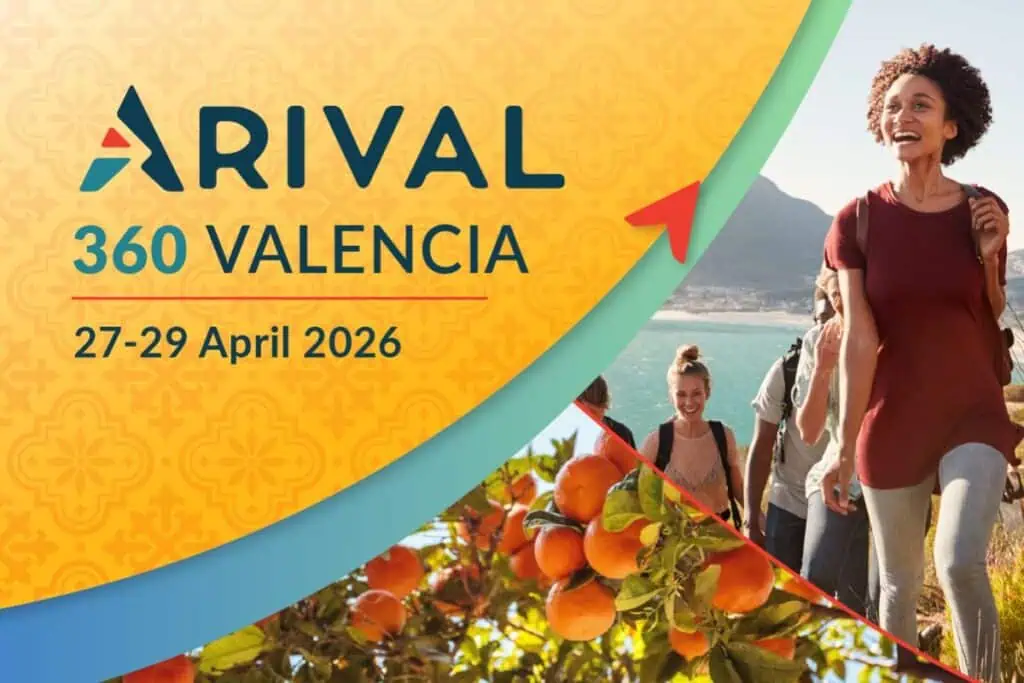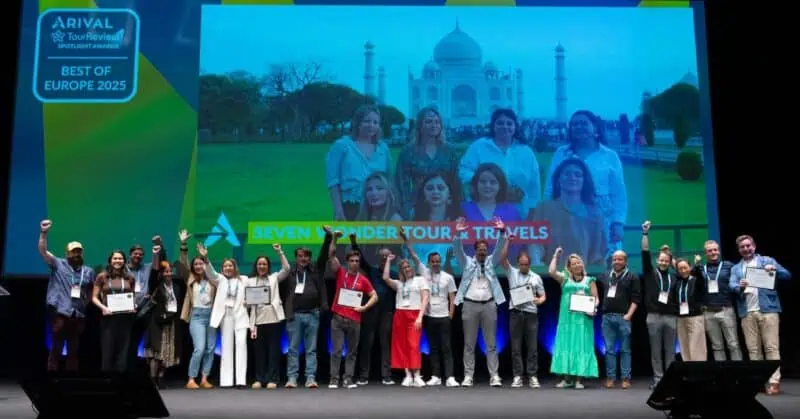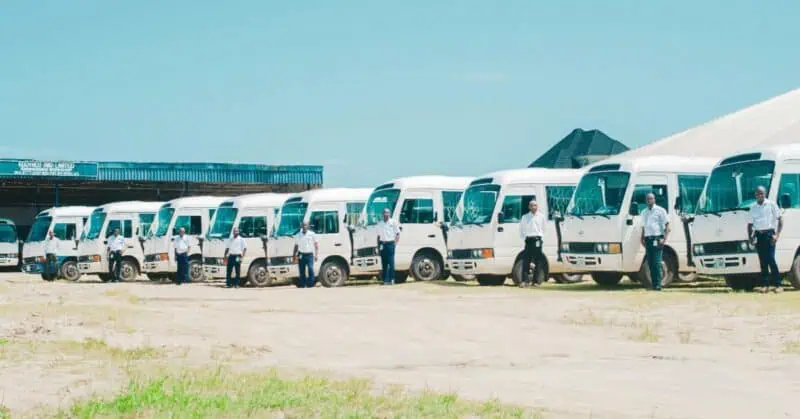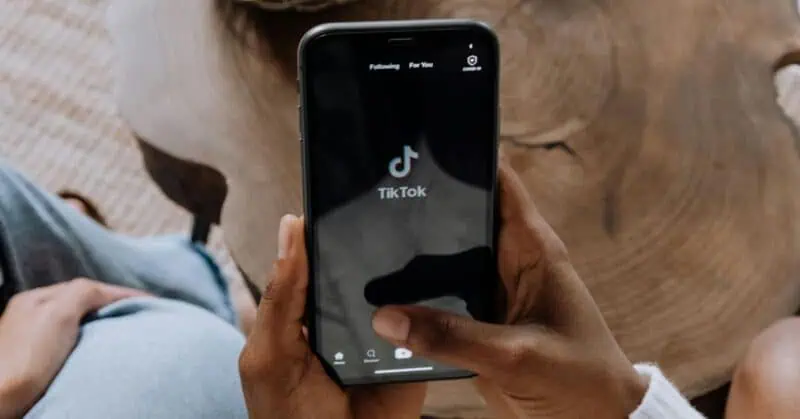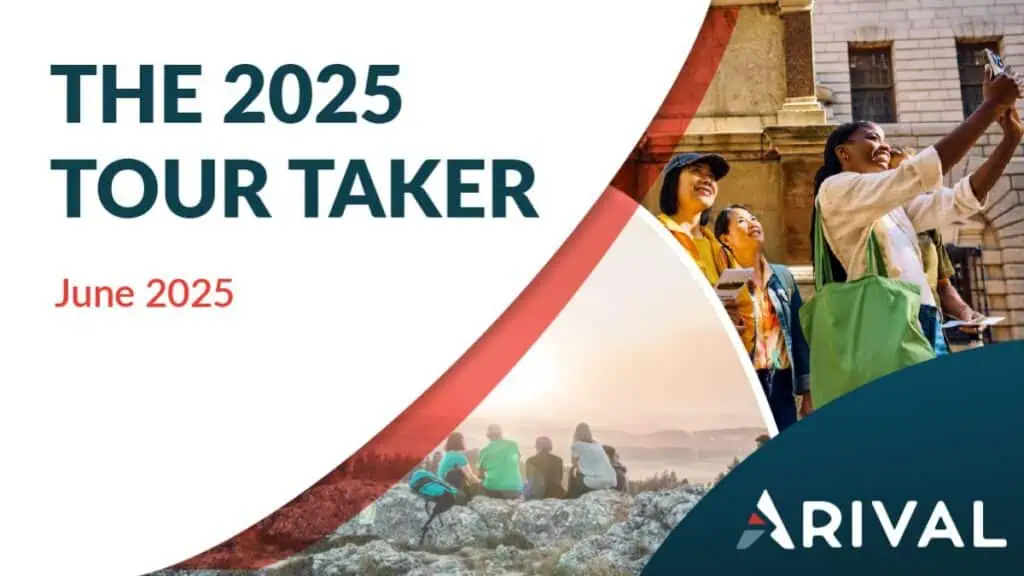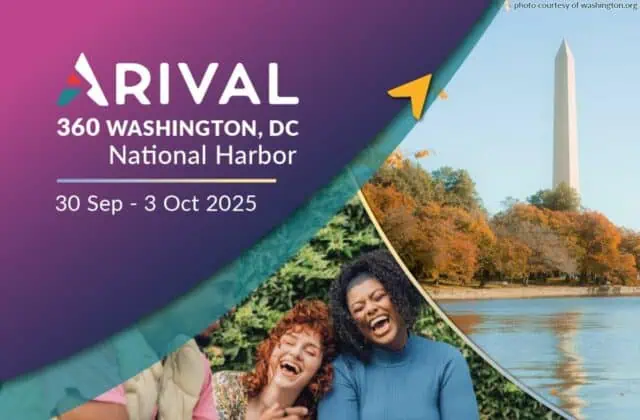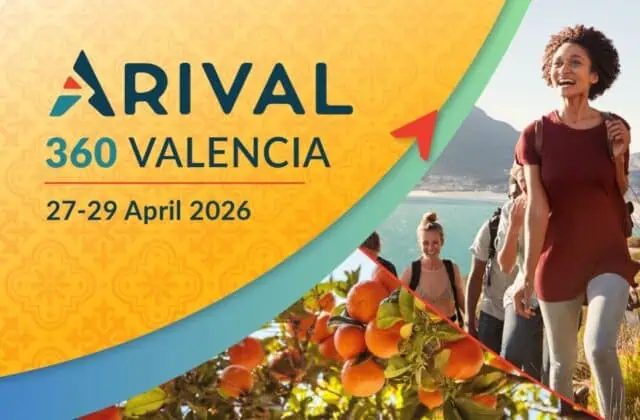As local economies reopen on various timelines around the world, travelers and locals can more realistically consider whether they should include certain attractions in their travel plans. According to a recent survey of more than 7,000 travelers from the U.S. and Europe by online travel agency GetYourGuide, indoor experiences such as museums and observation decks will have to do more to reassure travelers.
Outdoor attractions are considered safe by nearly half of respondents, reflecting mounting reports that the virus spreads more readily indoors. Museums rank well behind in perceived safety, with about a third of consumers rating them safe. And finally, about a quarter of consumers, tower viewpoints are considered safe – the need to ride an elevator, and generally to be close quarters with more people, likely causes concern.
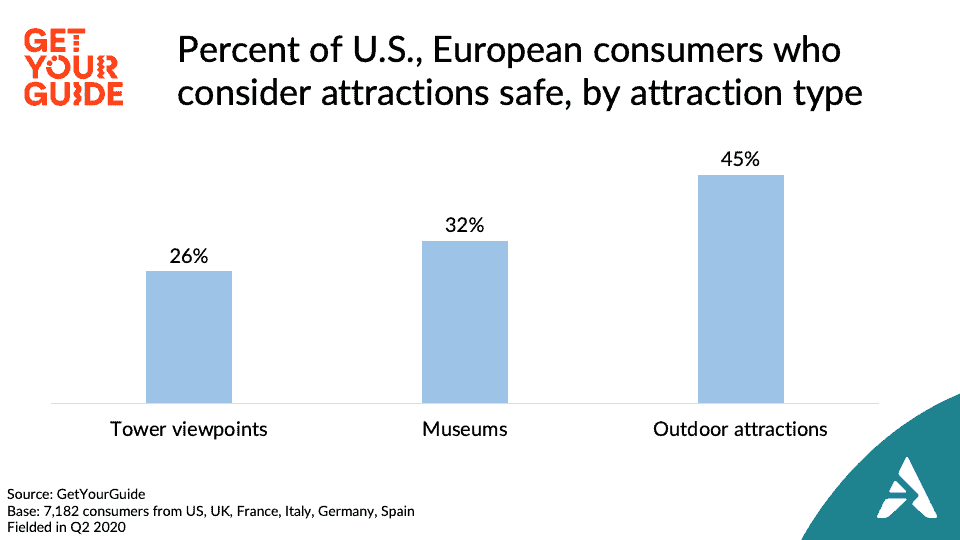
Arival checked in with operators leading the two attraction types travelers trust less, a museum and an observatory, to learn what changes they are implementing and how they are communicating with visitors.
A Museum – DDR Museum, Berlin
Gordon Freiherr von Godin, director of the DDR Museum in Berlin, faces the challenge of keeping guests safe with just 1,100 square meters of space, and highly interactive and tactile experience. Open since early May; the museum adopted some of the practices of neighboring retail shops. It has reduced its maximum capacity from 300 to 75. Contactless credit card payment is available, masks are required for visitors, and staff disinfect surfaces frequently.

Freiherr von Godin has not gone to great lengths to market the safety measures to would-be visitors. With few travelers (he says just half of Berlin’s hotels are open, with occupancy rates between 5-18%), there is arguably not much of a market to reach. Early on, the museum tried to attract more Berliners but quickly learned the opportunity was limited. Currently, around 10-15% of visitors are from Berlin, the same share as pre-pandemic. Freiherr von Godin says that visitors have not been calling ahead to inquire about safety measures.
After a little over a month of reopening, the museum sees 200-300 guests per day, compared to 1,500-1,800 pre-COVID. It needs to double that figure to reach profitability, and Freiherr von Godin knows the museum will not get back to 2019 levels quickly. “Berlin is no longer in competition with Rome and Paris, but with a farm or a pension on the Baltic sea,” he says. “We are realistic and understand that a trip to a city where many people are is not so popular at the moment.”
As they prepare and plan how to survive, a new spirit of communication and collaboration is taking hold among Berlin’s museums, says Freiherr von Godin, who is active with the local association for attractions, Intoura. “I am interested in having a bigger picture than just my museum. Where there used to be more division across different museums, now there is more collaboration, for example, between small and big museums.”
Takeaways for museums
New hygiene and safety protocols are crucial, but you can’t out-plan and out-market conditions that are likely to dampen tourism, especially to cities, for all of 2020. Take learnings from and look to collaborate with a wide range of peers and neighbors.
Like this? register for our Newsletter to continue the conversation
Sign UpAn observation deck: 360Chicago
The distinct and unavoidable challenge for observation deck attractions is the need to put guests in an elevator, a likely reason for the relatively lower perceived safety among potential travelers. Nichole Benolken, managing director at the M56 Group, has been preparing reopening protocols for the 360Chicago Observation Deck Chicago location since it closed March 15.
“I don’t want to minimize or dismiss concerns, but I think the public’s ability to assess risk will get much greater as we start to open up, and people see how this works,” Benolken says. “There are some day-to-day activities – taking public transportation, waiting in line at the grocery store – that probably carry greater risk than riding on an elevator for 45 seconds with three other people.”
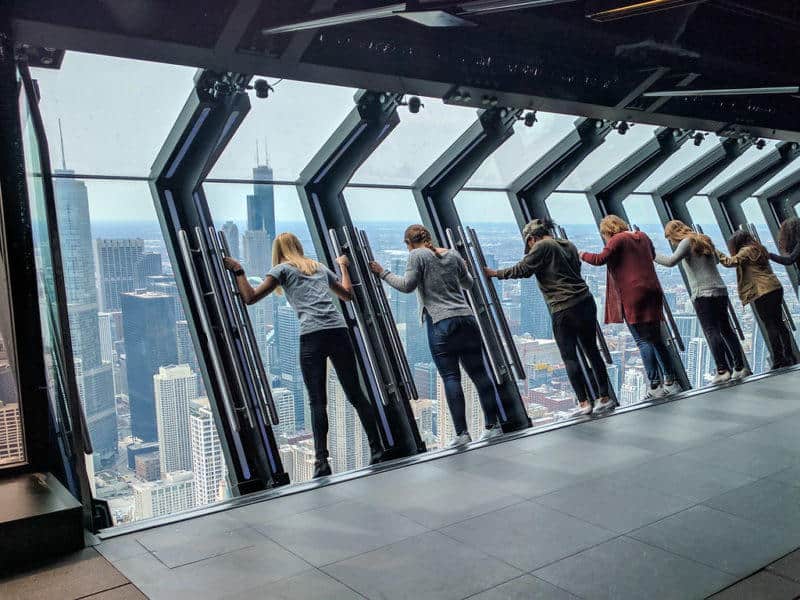
The attraction will only allow four people, or one traveling party, at a time, in an elevator that holds typically 14 to 16 people. M56 expects to be cleared by local authorities to open the 360Chicago Observation Deck in early July, at a government-mandated 25% capacity. Other measures include new ventilation systems in accordance with EPA recommendations, nightly electrostatic cleaning, training for janitors via the Global Biorisk Advisory Council, and employee health screening at the start of every shift. More visible to guests will be the social distancing floor markers, hand sanitation stations, face mask requirements, acrylic barriers, and reminders that they should not enter if they exhibit symptoms or have had known exposure to the virus.
The observation deck already offers a 50% discount for city residents, and Chicago attracts a healthy amount of drive-in visitors. Initial marketing efforts will focus there and share information on new protocols in its new reopening message via social media channels.
Benolken is emphatic that travelers’ concerns are valid, and hopes comfort levels will improve with time: “It’s a combination of us demonstrating we are responsible operators and the traveling public getting better at assessing and identifying risk.”
Support from third-party distributors to raise traveler awareness or help travelers assess risk is also important and has been mixed. “Some are really focused and prepared, thinking about how they can reflect back the suppliers’ plan to the consumer,” Benolken says. “Others don’t seem to have put a lick of thought into this. We have a concern that our messaging is not going to come through via some of our third-party partners in the manner that we would like.” She adds that if the attraction encounters a combination of a need to control third-party sales and improve communication with would-be guests, OTAs’ degree of partnership on this could become a consideration in whether or how much to do business with them.
Overall, Benolken says responsible and conservative reopening is vital: “If that means a week later opening, a month at lower capacity, okay. We only want to do this once.”
The takeaway for observation decks
Careful preparation and messaging will be critical across all customer touchpoints. But be patient: travelers’ comfort levels will come along on their own timeline.
